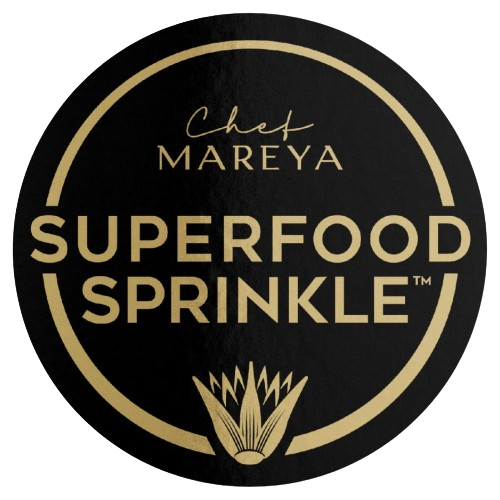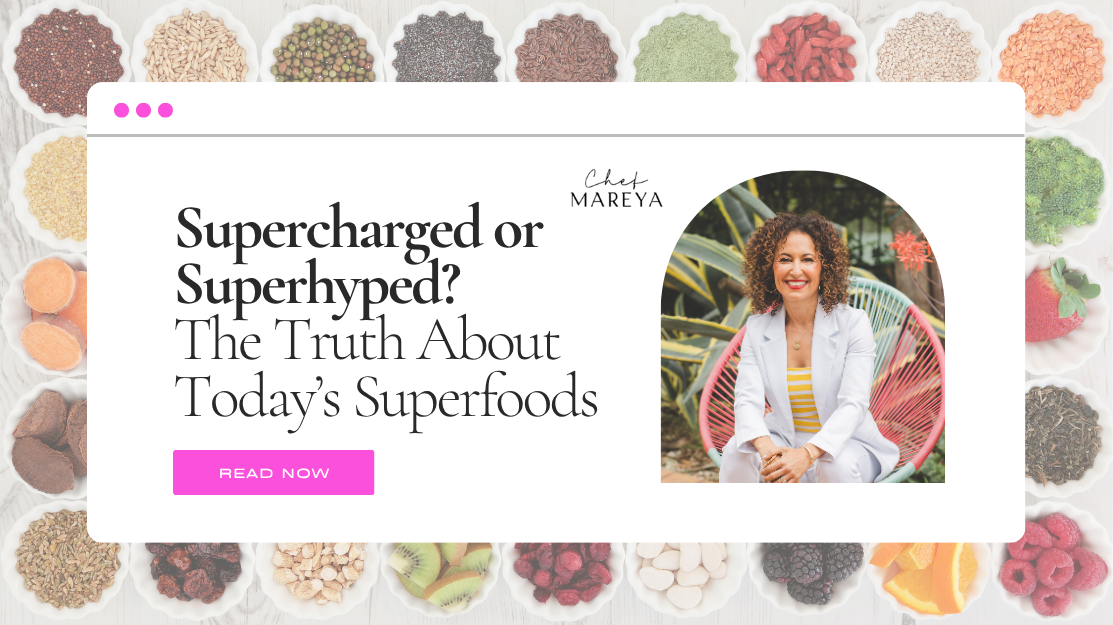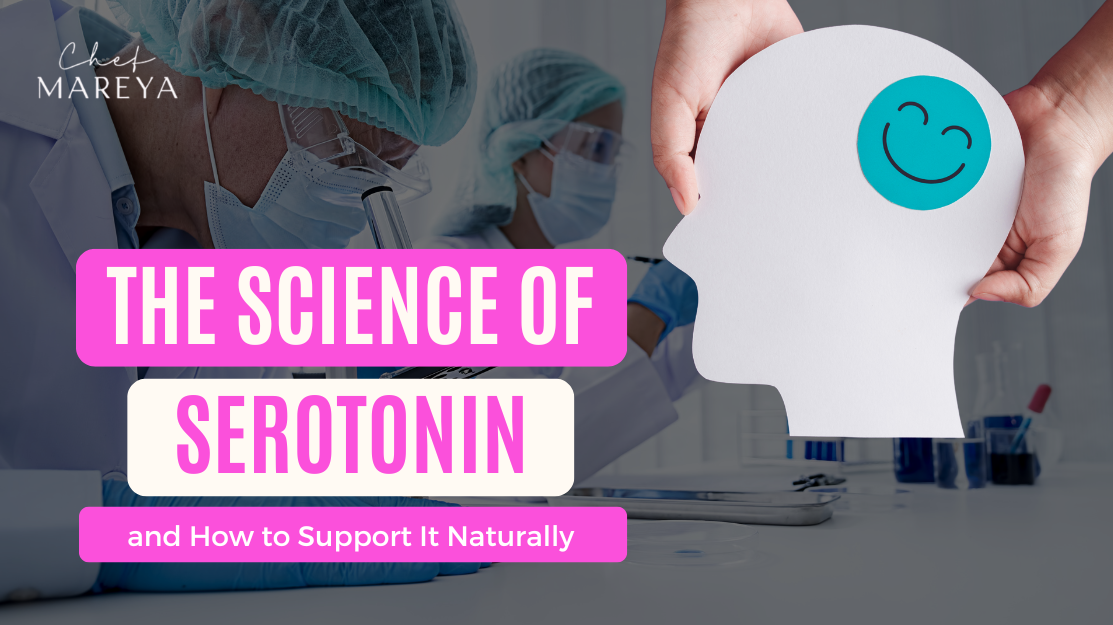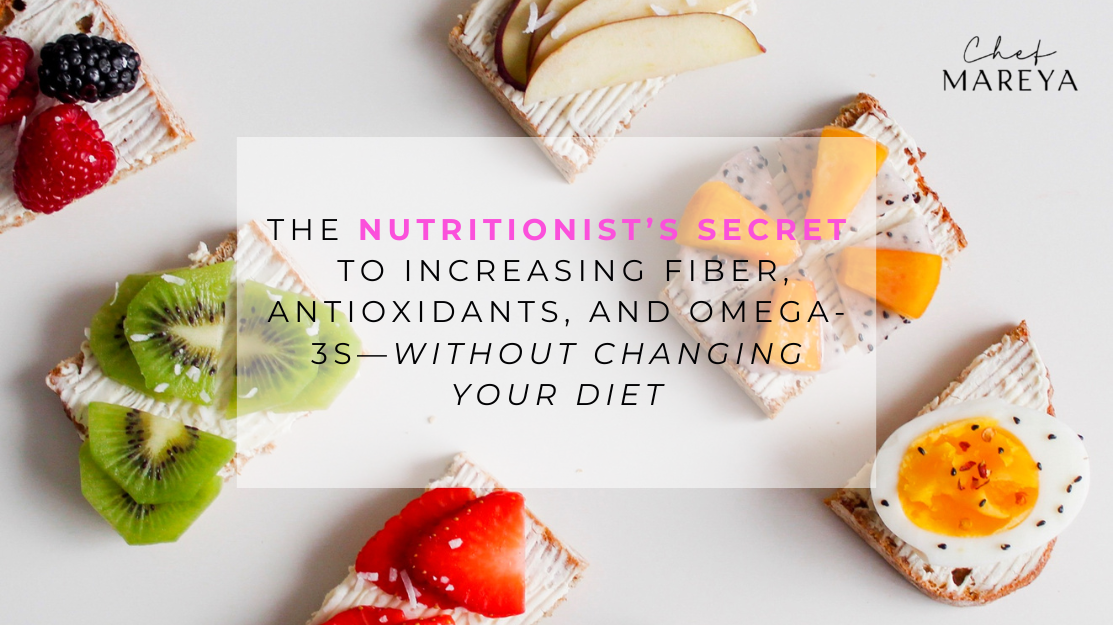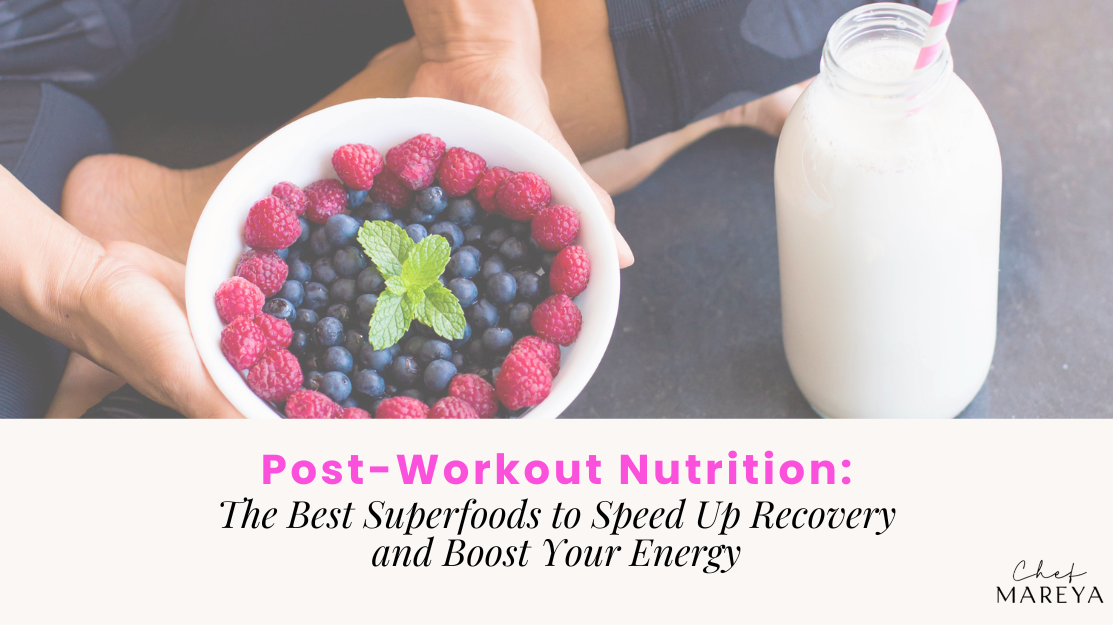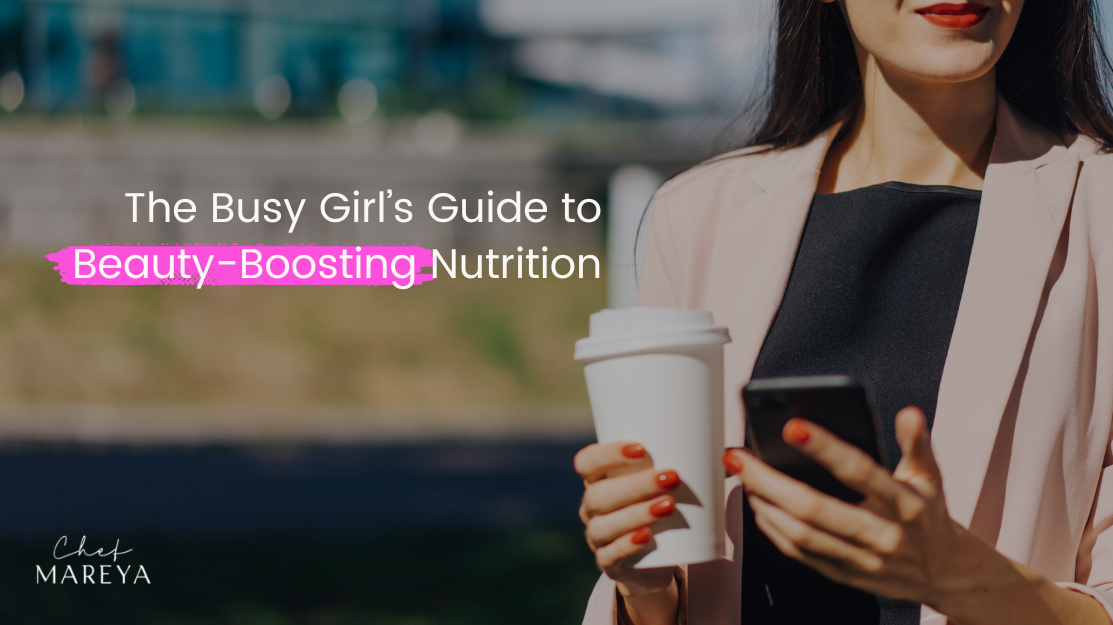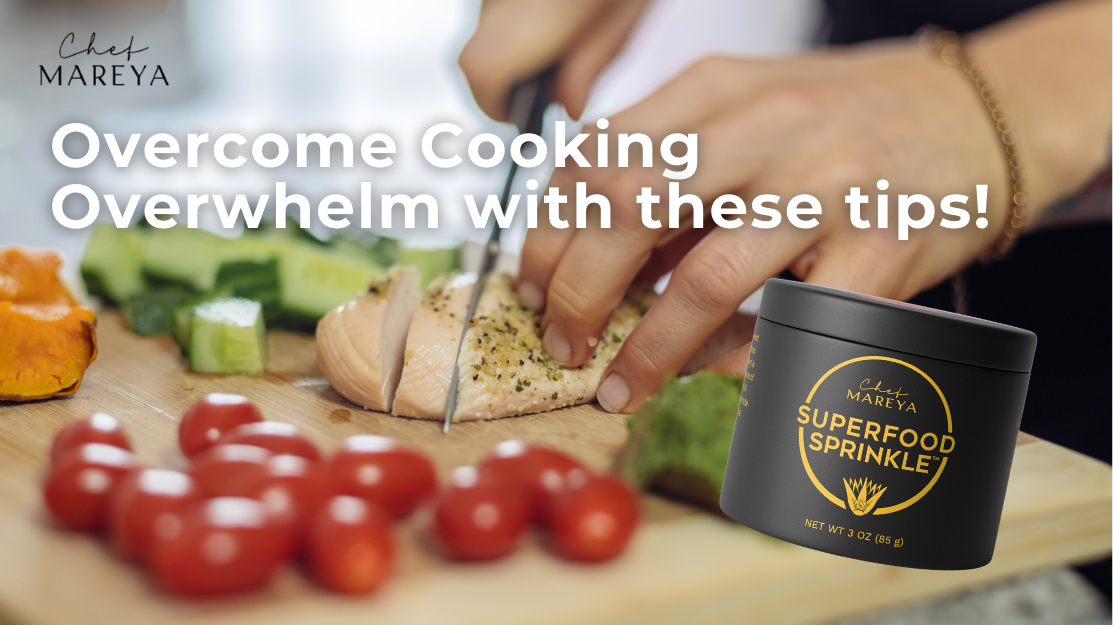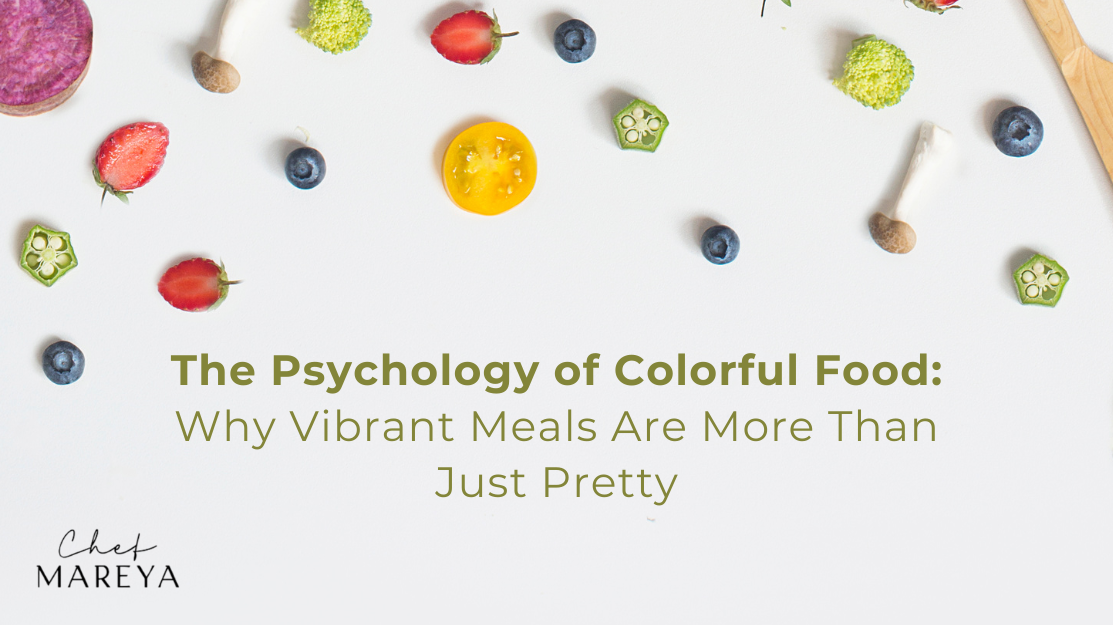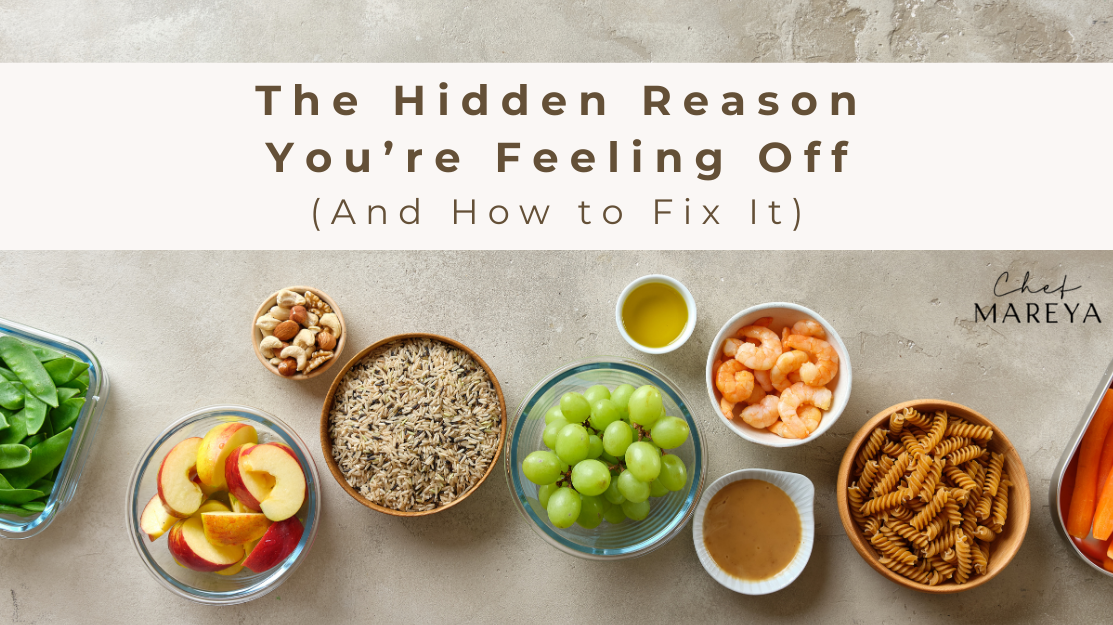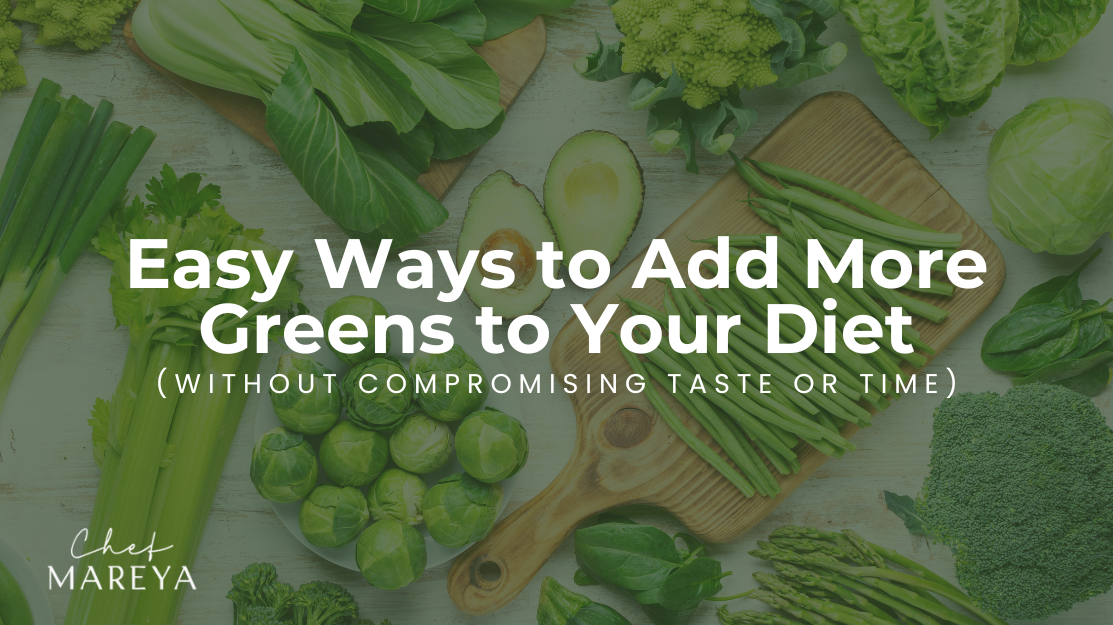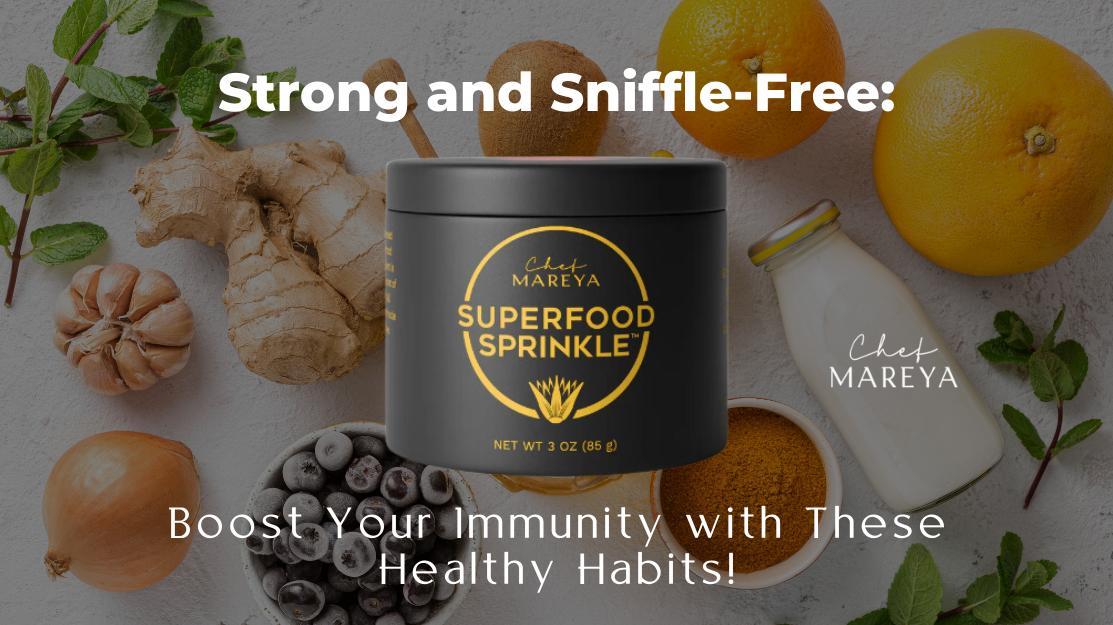
What Makes a Superfood ‘Super’ (And Which Ones Are Worth It)
Posted by Mareya Ibrahim-Jones on
The term superfood has become increasingly common in the health and wellness world—frequently featured in smoothies, trending recipes, and on product labels. But what truly defines a superfood, and which ones are actually worth incorporating into your daily routine?
In this article, we’ll explore the science and criteria behind superfoods, identify some of the most beneficial options, and discuss how to include them in a balanced diet—without adding unnecessary complexity.
What Is a Superfood?
While "superfood" is not a scientific classification, the term is typically used to describe foods that are exceptionally nutrient-dense, offering high levels of vitamins, minerals, antioxidants, or other health-supportive compounds with relatively few calories.
These foods are often praised for their potential to support overall health, including immune function, energy levels, digestive health, and even cognitive and skin health. While they are not a substitute for a balanced diet or medical care, they can play a valuable role in long-term wellness when consumed regularly.
Key Characteristics of Effective Superfoods
Superfoods that offer real nutritional benefits typically share the following qualities:
-
High in antioxidants: Help neutralize free radicals and reduce inflammation
-
Rich in dietary fiber: Support digestion, blood sugar stability, and satiety
-
Dense in micronutrients: Contain essential vitamins and minerals like magnesium, iron, zinc, and vitamin C
-
Provide functional support: Promote specific outcomes such as clearer skin, hormone balance, or improved focus
These foods are usually plant-based, naturally vibrant in color, and easily added to meals with minimal preparation.
Superfoods That Live Up to the Name
While not every food labeled “super” meets the mark, the following ingredients are widely recognized for their documented benefits:
1. Chia Seeds
An excellent source of plant-based omega-3 fatty acids, fiber, and protein—ideal for supporting heart and gut health.
2. Turmeric
Best known for its anti-inflammatory compound curcumin, turmeric supports joint health and immunity.
3. Spirulina
A blue-green algae packed with B vitamins, iron, and complete protein—known for its detoxifying and energizing properties.
4. Goji Berries
These antioxidant-rich berries are traditionally used to support eye health, immune function, and skin vitality.
5. Flaxseeds
A rich source of lignans, fiber, and omega-3s, flaxseeds can promote hormonal balance and cardiovascular wellness.
Making Superfoods Part of Your Routine
While the benefits of superfoods are compelling, sourcing and preparing them individually can be time-consuming and costly. An increasingly popular and convenient alternative is using a superfood blend, such as a superfood sprinkle—a curated mixture of these nutrient-rich ingredients in one ready-to-use format.
When choosing a blend, it’s important to look for options made from organic, whole-food ingredients without added sugars, fillers, or artificial flavors. A high-quality superfood sprinkle can be seamlessly added to smoothies, yogurt, oatmeal, or even savory dishes, making daily nutrient support both accessible and enjoyable.
Decisions, Decisions
Incorporating superfoods into your daily life doesn’t require drastic changes or complex recipes. Instead, small, consistent actions—like adding a nutrient-dense sprinkle to your breakfast—can lead to meaningful, long-term improvements in your health and well-being.
Ultimately, it’s the regular inclusion of real, functional foods—not trendy ingredients alone—that supports a more resilient, vibrant you.
Explore an easy way to include superfoods in your routine with a high-quality, organic sprinkle that fits effortlessly into your lifestyle. Sometimes, the smallest upgrades are the most powerful.
